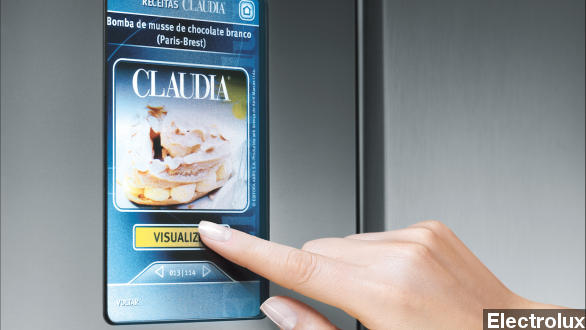Sure, it might be cool to operate your home's heating and cooling while you're miles away, but having a device that's constantly connected to the Internet isn't always a good thing.
According to a study by security firm Proofpoint, smart devices such as this fridge from LG have been used to send malicious spam emails to thousands of accounts.
And the study says attackers took control of more than 100,000 smart devices to send 750,000 spam emails. The attacks took place between Dec. 23, 2013, and Jan. 6, 2014.
An analyst for Proofpoint says it's likely smart devices will continue to be targeted for these reasons:
-- They're easy to penetrate.
-- Consumers aren't interested in making them more secure.
-- Smart devices can send malicious data undetected.
-- Manufacturers aren't protecting against these types of attacks.
And a writer for NBC describes the method behind these attacks: "Hackers link up compromised devices to create what's called a botnet: an army of 'zombie' devices that attack other computers through tasks like overloading a website with traffic or, in this case, sending hundreds of thousands of spam emails."
With more and more devices coming online, it will become increasingly difficult to protect against these attacks.
A writer for the Financial Times says more devices mean the attack can be spread out. "Fewer than 10 emails were sent from each device, making it harder to track down and block an IP address responsible for spam or phishing."
So what can you do to protect your devices from joining the so-called "botnet"? Follow the instructions to set up your device properly, change the default password for your device, and make sure to password-protect your WiFi.


